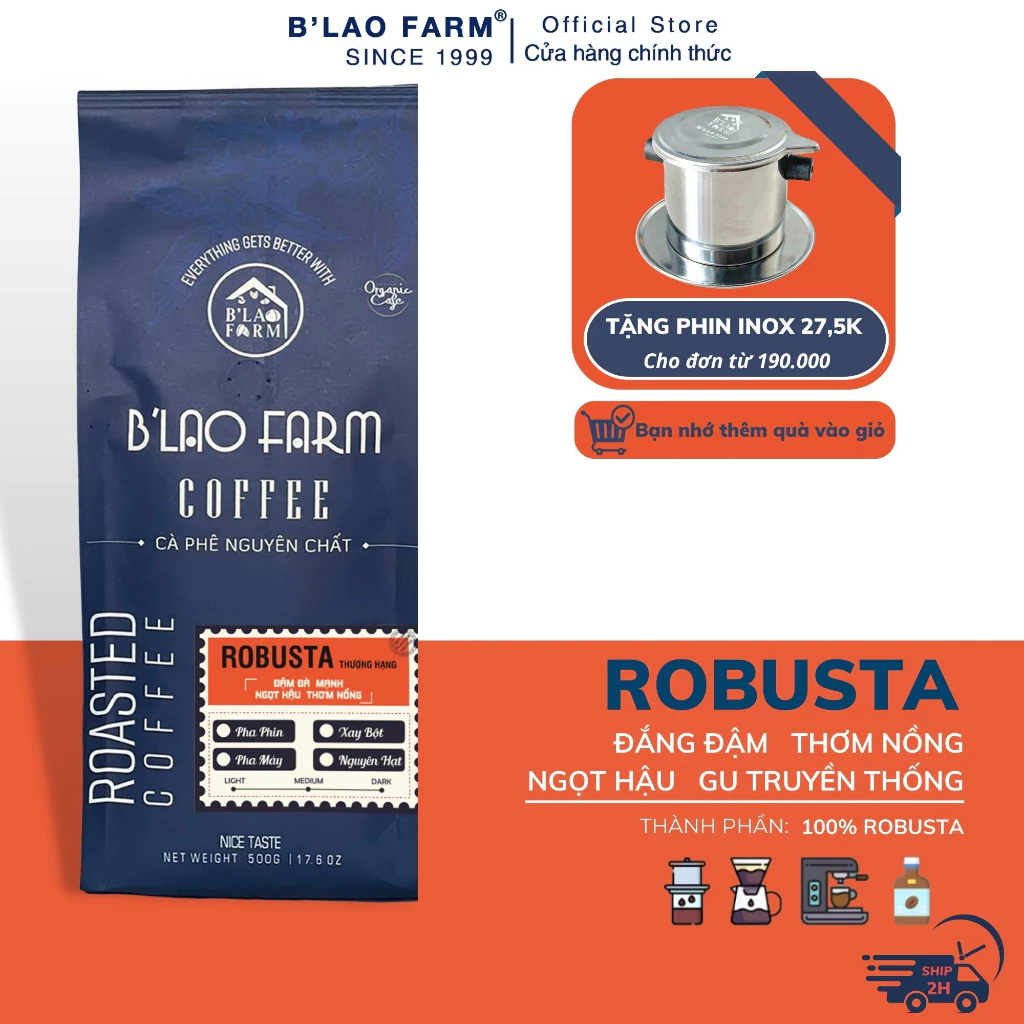Wikipedia:Phân loại trang đổi hướng
| Trang dự án hay phần này đang được viết mới, mở rộng hoặc đại tu. Bạn cũng có thể giúp xây dựng trang này. Nếu trang này không được sửa đổi gì trong vài ngày, bạn có thể gỡ bản mẫu này xuống. Nếu bạn là người đã đặt bản mẫu này, đang viết bài và không muốn bị mâu thuẫn sửa đổi với người khác, hãy treo bản mẫu {{đang sửa đổi}}.Sửa đổi cuối: Phjtieudoc (thảo luận · đóng góp) vào 18 tháng trước. (làm mới) |
| Trang này giải thích một hướng dẫn về sửa đổi của Wikipedia tiếng Việt. Đây là tiêu chuẩn đã được chấp thuận mà các thành viên nên cố gắng tuân theo. Vì có thể sẽ có những ngoại lệ, hãy áp dụng nó một cách có ý thức. Bất kỳ thay đổi nào liên quan đến nội dung này nên phản ánh sự đồng thuận. Nếu bạn hoài nghi về hướng dẫn nào đó, hãy thảo luận trước tại trang thảo luận. |
| Tóm tắt trang này: Đổi hướng không phải là bài viết và hầu như không nên được sắp xếp vào các thể loại nội dung tại không gian chính; tuy nhiên, mọi đổi hướng nên được phân loại thành các thể loại "bảo trì" (không phải bài viết) thích hợp bất cứ khi nào có thể. |

Đây là một hướng dẫn Wikipedia để đặt các trang đổi hướng vào các thể loại. Mục đích của nó là tài liệu hóa thực tiễn hiện tại và đề xuất các thực tiễn tốt nhất trong các lĩnh vực khác, và chỉ ra nơi mà việc phân loại các đổi hướng có thể gây hiểu lầm.
Khi nào phân loại đổi hướng
[sửa | sửa mã nguồn]Đổi hướng thường ("cứng") nên đặt vào một trong các thể loại bảo trì cụ thể cho đổi hướng. Việc này nên được thực hiện bằng cách sử dụng các bản mẫu phân loại (rcat) như {{R with Wikidata item}}.
Đổi hướng mềm thường không nên được phân loại bằng rcat. Dùng {{Soft redirect with Wikidata item}} và {{R category with possibilities}} để đánh dấu các thể loại được đổi hướng mềm hiện tại là những ngoại lệ duy nhất. Thường thì các đổi hướng không được sắp xếp vào các thể loại bài viết; tuy nhiên, có một vài ngoại lệ, như được mô tả dưới đây.
Thể loại chỉ được lập ra cho đổi hướng
[sửa | sửa mã nguồn]Có một loạt các thể loại được sử dụng chỉ cho các trang đổi hướng. Các trang đổi hướng được đặt vào các thể loại bằng cách sử dụng các bản mẫu. Những thể loại này giải thích vì sao đổi hướng tồn tại, lấy ví dụ {{R from merge}} điều này có nghĩa là nó đã được tạo ra bằng cách hợp nhất hoặc {{R from alternative name}} điều này có nghĩa là đổi hướng là một tên khác cho tiêu đề chính.
Những thể loại này chỉ được dùng để chứa các trang đổi hướng, và chúng hữu ích trong việc theo dõi các trang đổi hướng và phân loại sau này nếu cần thiết. Chúng bao gồm cả các trang đổi hướng trong không gian tên chính và trong các không gian tên khác. Thường thì chúng được áp dụng bằng cách sử dụng các bản mẫu, tuy nhiên các thể loại như vậy cũng có thể được tạo ra và sử dụng trực tiếp. Việc phân loại này dành cho các biên tập viên Wikipedia, không phải cho độc giả.
Để biết thêm về các bảng bản mẫu thể loại đổi hướng, được nhóm cả theo thứ tự chữ số và chức năng, hãy xem Wikipedia:Template index/Redirect pages. Để xem danh sách thể loại của bản mẫu như vậy, hãy xem Thể loại:Bản mẫu đổi hướng. Tất cả các thể loại đổi hướng là các thể loại con của Thể loại:Trang đổi hướng, mà không dành để chứa bất kỳ trang đổi hướng nào trực tiếp và được cố ý để trống, chỉ chứa các thể loại con.
Thể loại bài viết
[sửa | sửa mã nguồn]Có những tình huống nơi đặt một trang đổi hướng trong một thể loại bài viết là chấp nhận được và có thể hữu ích cho các thành viên duyệt qua các thể loại. Dưới đây là các ví dụ về một số trong những tình huống này:
Đổi hướng tới mục tiêu không tương thích với thể loại
[sửa | sửa mã nguồn]Các tên thay thế không nên có vẻ lạc lõng trên trang thể loại. Đây thường là cách để giải quyết mâu thuẫn về việc đổi tên một bài viết khi có nhiều hơn một tên có vẻ có giá trị tương đương. Tên (hoặc các tên) thay thế trở thành đổi hướng và được phân loại cùng cách như mục tiêu của nó. Một ví dụ khác là khi một bài viết duy nhất bao gồm những thứ được biết đến bằng nhiều tên khác nhau, như một người mà được biết đến trong nhiều lĩnh vực hoạt động dưới các tên khác nhau, một bài viết hợp nhất về ba tờ báo khác nhau, hoặc một chương trình hài kịch ngắn có tên tồn tại trên Wikipedia như một đổi hướng đến đoàn hài kịch đã tạo ra nó. Trong trường hợp như vậy, cần xem xét xem tiêu đề nào nên được phản ánh trong một thể loại cụ thể.
Lưu ý rằng việc đặt một thể loại như vậy trên bài viết mục tiêu, với tiêu đề thay thế trong pipetext, không đạt được mục đích mong muốn, vì pipetext trong một liên kết thể loại chỉ ảnh hưởng đến cách tiêu đề được sắp xếp theo thứ tự chữ cái, không phản ánh cách nó thực sự xuất hiện.
- Examples:
- A Racial Program for the Twentieth Century is a hoax quotation by the phony author Israel Cohen. The redirect to that article, Israel Cohen (hoax), belongs in Category:Nonexistent people used in hoaxes but the article does not.
- Wile E. Coyote and the Road Runner is an article that covers both the cartoon and its titular characters. Categories that refer to one of the characters, but not both—such as Category:Fictional coyotes and Category:Fictional birds—are placed on the appropriate redirects.
Tên thay thế cho bài viết
[sửa | sửa mã nguồn]Chức năng chính của hệ thống thể loại là cho phép người đọc duyệt qua các bài viết. Hệ thống thể loại thường được sử dụng như một chỉ mục theo thứ tự chữ cái. Đôi khi việc cho các đổi hướng từ các tên thay thế phổ biến xuất hiện trong danh sách chỉ mục có ích. Các biên tập viên nên xem xét liệu các tên thay thế nên được kết hợp với các tên khác hay không. Đôi khi một thể loại hoàn toàn mới phù hợp hơn (xem phần Phân loại nhiều đơn vị phân loại bên dưới).
Phân loại chủ đề con
[sửa | sửa mã nguồn]Một số chủ đề con của bài viết có tên nổi tiếng và theo thời gian có thể mở rộng thành các bài viết riêng biệt. Nhiều bài viết bao gồm một số chủ đề đã được kết hợp. Điều này có thể xảy ra sau khi hợp nhất một số bài viết liên quan. Thường có các đổi hướng trỏ đến các chủ đề con này. Những đổi hướng này có thể được phân loại. Trong một số trường hợp, thể loại dành cho đổi hướng trỏ đến chủ đề con sẽ khác với thể loại dành cho toàn bộ bài viết.
- Ví dụ về phân loại tương tự:
- Butterfly vertebrae points to a subsection of Congenital vertebral anomaly – both appear in Category:Dog health
- Ví dụ về phân loại khác nhau:
- Prohibition in Finland (appearing in Category:History of Finland, Category:1932 in Finland, and Category:Prohibition by country) – redirects to a subsection of Prohibition (appearing in Category:Prohibition and Category:Alcohol law)
Phân loại nhiều đơn vị phân loại
[sửa | sửa mã nguồn]Một số bài viết có thể được tổ chức bởi nhiều hơn một phân loại. Một ví dụ về điều này là tổ chức các bài viết về động vật và thực vật theo tên thông thường và phân loại tên nhị thức. Điều này có thể thực hiện được bằng cách phân loại bài viết theo một cách và phân loại đổi hướng theo cách khác. Trong trường hợp này, phân loại thay thế của đổi hướng sẽ không xuất hiện trong bài viết trừ khi nó được thêm thủ công.
- Ví dụ:
- Một ví dụ cho thực vật là: Category:Banksia taxa by common name và Category:Banksia taxa by scientific name.
Phân loại mục danh sách
[sửa | sửa mã nguồn]Một số danh sách được tổ chức tốt có đổi hướng chỉ vào các phần phụ của chúng. Trong những trường hợp như vậy, việc phân loại các đổi hướng có thể là một cách thay thế để duyệt các mục trong một danh sách dài. Nó cũng có thể cung cấp danh sách theo thứ tự bảng chữ cái cho các danh sách không được sắp xếp theo thứ tự bảng chữ cái, chẳng hạn như danh sách được sắp xếp theo thứ tự thời gian. Đổi hướng đến các phần của danh sách nhân vật phụ nói chung chỉ nên được phân loại trong bối cảnh hư cấu đó chứ không phải trong các thể loại hư cấu rộng hơn.
- Ví dụ:
- Category:EastEnders characters provides a single alphabetical listing of both minor and major characters in the soap opera EastEnders. However, the minor character redirects should not be categorized outside the EastEnders category structure, e.g. not in Category:Fictional characters by occupation.
Làm sao để phân loại đổi hướng
[sửa | sửa mã nguồn]A redirect may be categorized in the same way as for any other page; however, when it is possible to use redirect category templates (rcats), then these should be used. For clarity, all category links should be added at the end of the page on their own lines, after the redirect target link and rcat(s). Use of a blank line between the redirect target link and all rcats and category links promotes readability of the code.
#REDIRECT [[Xxy Yzz]]
{{Redirect category shell|
{{R from move}}
{{R printworthy}}
}}
{{DEFAULTSORT:Yzz, Xxy}}
[[Category:Aaa]]
The #REDIRECT [[Article title]] must come first, on the top line, and must start from the left margin. [[Category:...]]-type links may be placed on their own lines after the redirect target link. Redirect category (rcat) templates, {{R from...}}, {{R to ...}}, etc., the {{Redirect category shell}} (Rcat shell) template may be placed anywhere after the redirect on another line or lines, preferably the third line for readability. Those are usually placed before (above) content categories and empty lines are left between the types for readability.
The {{DEFAULTSORT:}} magic word can also be placed on redirects, for example, to ensure that a redirect title that begins with a person's given name will be sorted to their surname: {{DEFAULTSORT:Sprat, Jack}}
The {{Redirect category shell}} (Rcat shell) template may be used to group redirect categories. That template automatically senses protection levels and promotes a faster learning curve for new editors. See its documentation page and the comparison page for more information.
The redirect will appear in the specified categories in a style format that is different than non-redirects (by default, redirects appear in italics type, while non-redirects do not – see Technical note below).
Further examples
|
|---|
#REDIRECT [[Xxy Yzz]]
{{Rcat shell|
{{R from former name}}
{{R printworthy}}
}}
{{DEFAULTSORT:Yzz, Xxy}}
[[Category:Aaa]]
[[Category:Bbb]]
#REDIRECT [[Caitlyn Jenner]]
{{Rcat shell|
{{R from birth name}}
{{R printworthy}}
}}
{{DEFAULTSORT:Jenner, Bruce}}
[[Category:Athletes (track and field) at the 1975 Pan American Games]]
[[Category:Athletes (track and field) at the 1976 Summer Olympics]]
#REDIRECT [[Xxy Yzz#Header]]
{{Redirect category shell|
{{R to section}}
{{R printworthy}}
}}
#REDIRECT [[Xxy Yzz#Header]]
{{Redirect category shell|{{R to section}}{{R printworthy}}}}
#REDIRECT [[Xxy Yzz#Anchor this]]
{{Redirect category shell|
{{R to anchor}}
{{R unprintworthy}}
}}
#REDIRECT [[Xxy Yzz#Section header]]
{{Rcat shell|
{{R to section}}
{{R to related topic}}
{{R printworthy}}
}}
[[Category:Aaa|{{PAGENAME:Xxy Yzz}}]]
[[Category:Bbb|{{PAGENAME:Xxy Yzz}}]]
[[Category:Ccc|{{PAGENAME:Xxy Yzz}}]]
[[Category:Ddd|{{PAGENAME:Xxy Yzz}}]]
|
- General information note
- ALL the
{{R from...}}, {{R to...}}, etc., templates have as their main purpose to populate a redirect subcategory (see Thể loại:Wikipedia redirects) to aid in maintenance. A second goal is to help editors with concise explanations for such sortings. Generally speaking, one such template categorizes redirect pages to the subcategory, though that template may be "aliased" by use of several alternative phrasings, themselves redirects to the template. Common alias choices are: other vs. alternative, capitalization vs. capitalisation and other such spelling/phrasing variants like "R to singular" vs. "R from plural" and "R from singular" vs. "R to plural".
Ghi chú kĩ thuật
[sửa | sửa mã nguồn]The appearance of a redirect link on category pages and in search results is determined by the CSS class "redirect-in-category" and the specification for that class in MediaWiki:Common.css. By default, this class is set to "italics", although this may be changed by the user. In the past, no distinction was made for users, which fueled the controversies over how to categorize redirects. By displaying them in italics, redirects are easy to pick out. Perfectly good (and in many cases better known) terminology implemented as redirects for technical reasons can now be categorized for the readers to browse, and for editors to know and use as needed.
Xem thêm
[sửa | sửa mã nguồn]- Wikipedia:WikiProject Redirect/Style guide
- Wikipedia:Template index/Redirect pages
- Wikipedia:Printability
- Category:Redirect templates
- User:Phjtieudoc/Capricorn, một tập lệnh người dùng để hỗ trợ phân loại trang đổi hướng
 GIẢM
9%
GIẢM
9%
 GIẢM
16%
GIẢM
16%
 GIẢM
38%
GIẢM
38%
![[Review Sách] Quân Vương](https://down-bs-vn.img.susercontent.com/vn-11134207-7ras8-m3xseo54r38h50.webp) GIẢM
32%
GIẢM
32%
 GIẢM
33%
GIẢM
33%
![[Review sách] Cân bằng cảm xúc cả lúc bão giông](https://down-spe-vn.img.susercontent.com/3d596d5e3b0931abe3992652454f58a7.webp) GIẢM
25%
GIẢM
25%



